In the film A Monkey in Winter, Jean Gabin and Jean-Paul Belmondo debate whether the Prado is a museum surrounded by a garden or a garden on which a museum is placed. What is certain is that the place and the city that hosts it inspire Belmondo throughout the film.
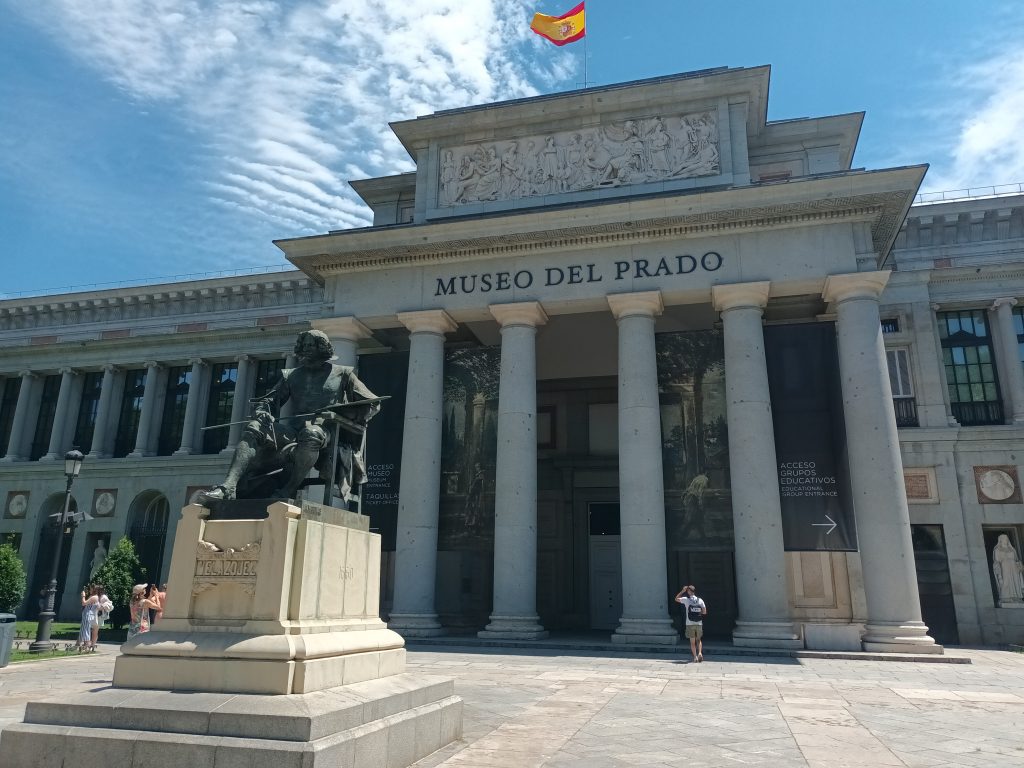
And has inspired generations of conquerors, artists and authors for millennia, as evidenced by the great cultural and architectural wealth of the Spanish capital. Madrid will charm you with its diverse sources of beauty and inspiration between the Royal Palace and the Prado and well around and beyond.
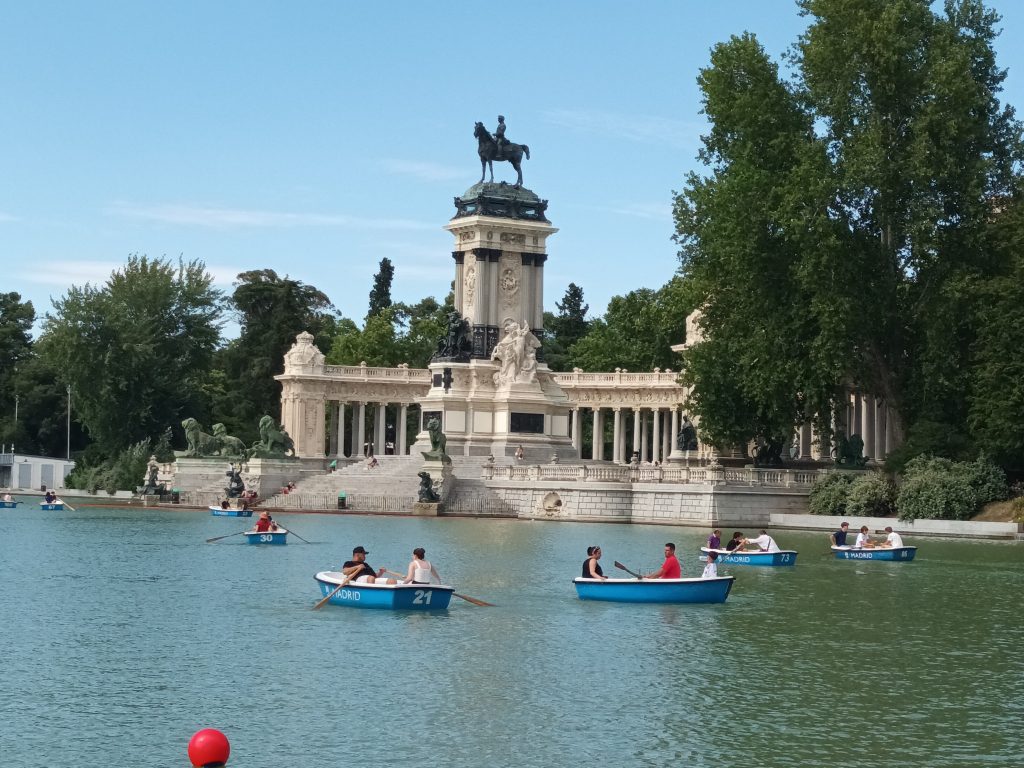
We know that from the tenth century onward there was a small Jewish community in Muslim-ruled Madrid. This grew considerably after the reconquest.

Though hit hard by the pogroms of 1391, it was slowly built up again. It is also known that Jewish doctors such as Rabbi Jacob were, under the king’s protections, allowed to live outside the Jewish quarter, the better to tend to the sick.
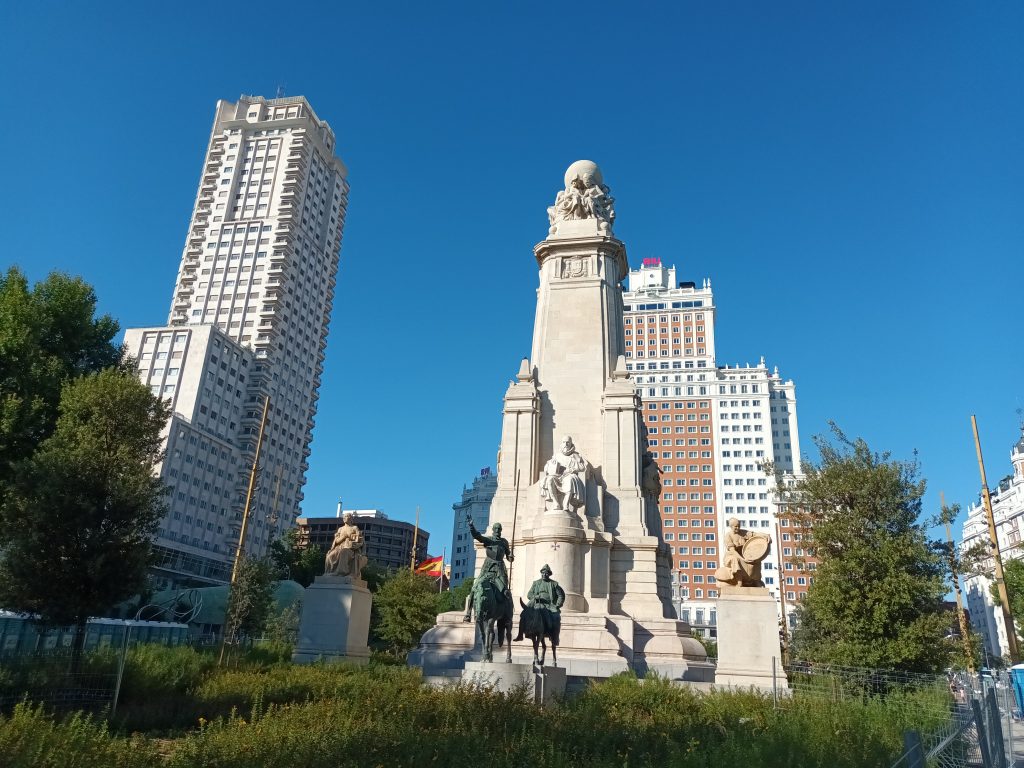
In 1492 the Jews of Madrid left for Fès (Morocco) and Tlemcen (Algeria). The city’s six Jewish doctors went with them, leaving it without medical assistance. However, they resumed their position in 1493 after converting to Christianity.
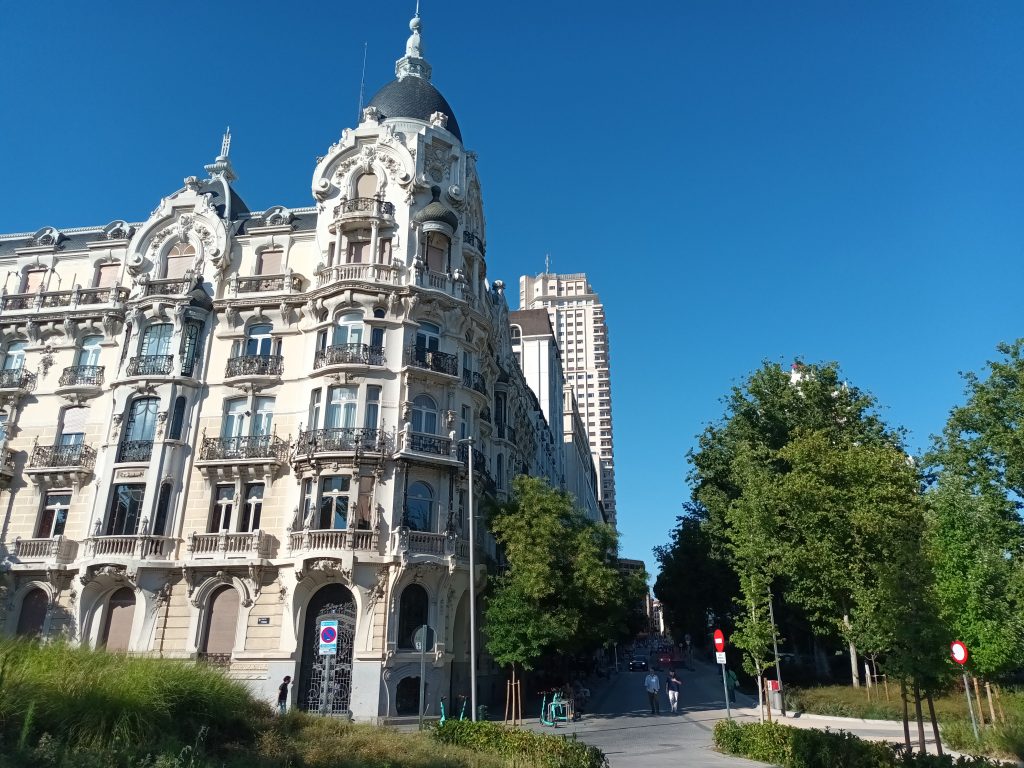
Thanks to research by Madrid historians, it is possible to locate the city’s two Jewish quarters with considerable precision, although sadly few tangible traces remain. They formed around the Plaza Isabella (Calle Independencia and Vergara) and the Almudena cathedral, near the old Alcázar in the Cuesta de la Vega.

The Jews came back to Madrid only in the 1850s, sporadically and in an unorganized way. These were shopkeepers and bankers who, among other activities, were involved in the creation of the railroads. The best known of these families were the Bauers, who represented the Rothschild Bank.
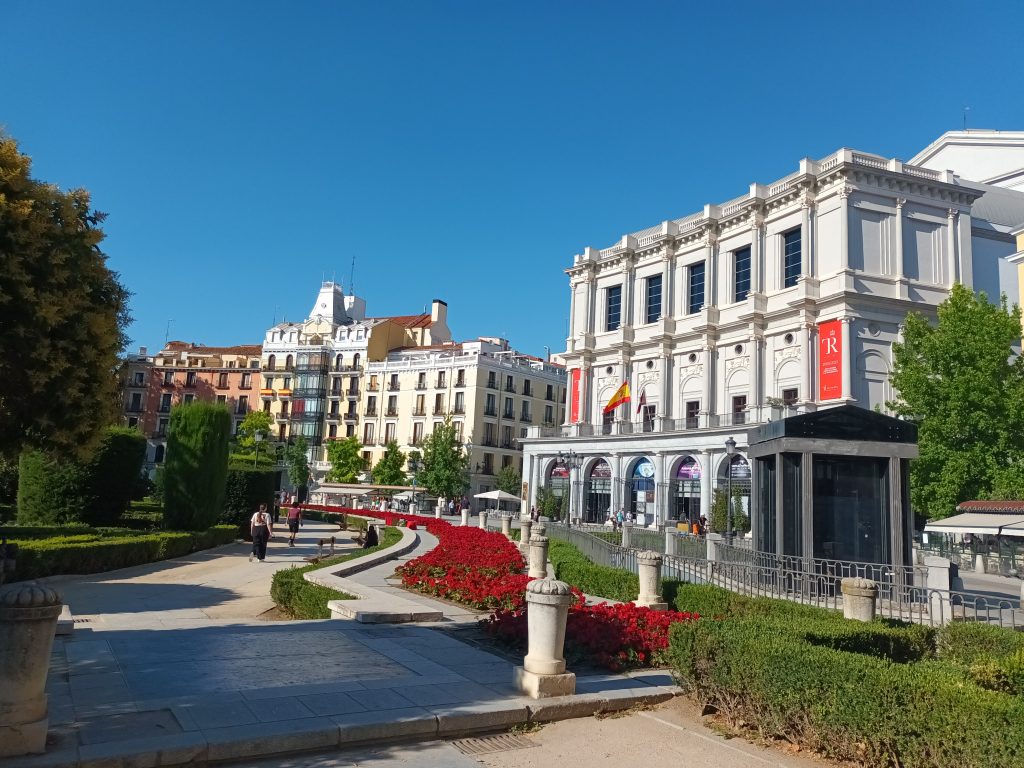
Since they did not have their own cemetery, they created a special section in the British cemetery in the first years of the twentieth century.
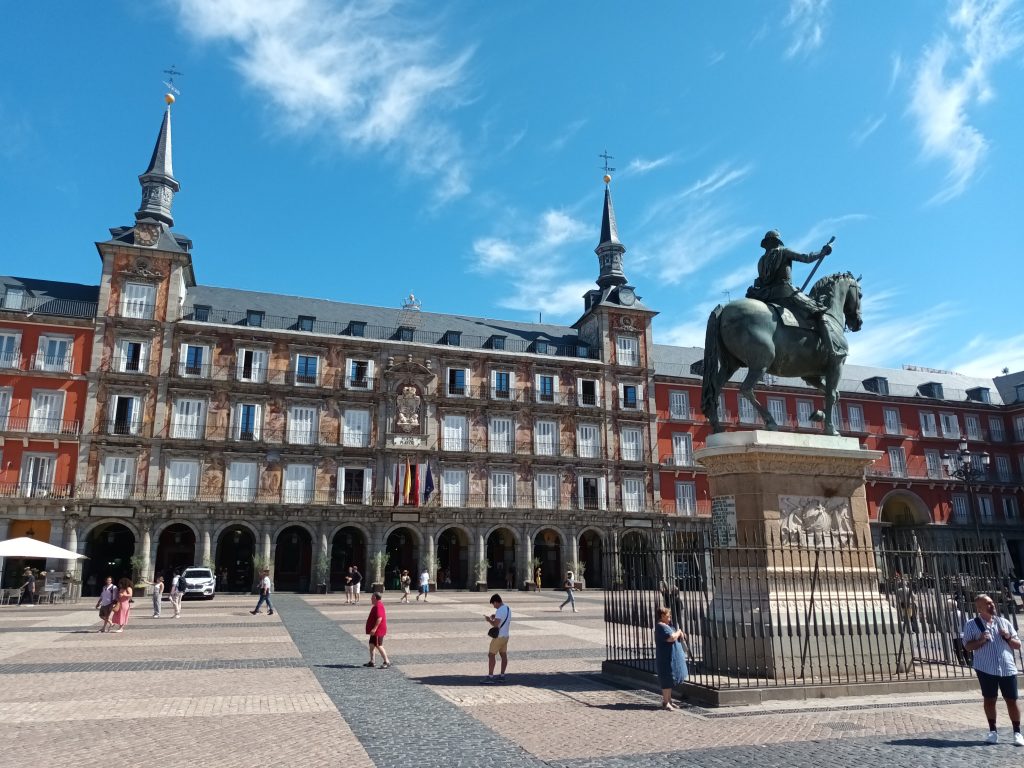
A monument inspired by ancient Egypt houses the remains of Gustave Bauer (1867-1916), Manolin Bauer (1898-1906), and Ida Luisa Bauer (1906-08). Another thirty tombs remind us of the existence and origins of this small community in the early twentieth century.
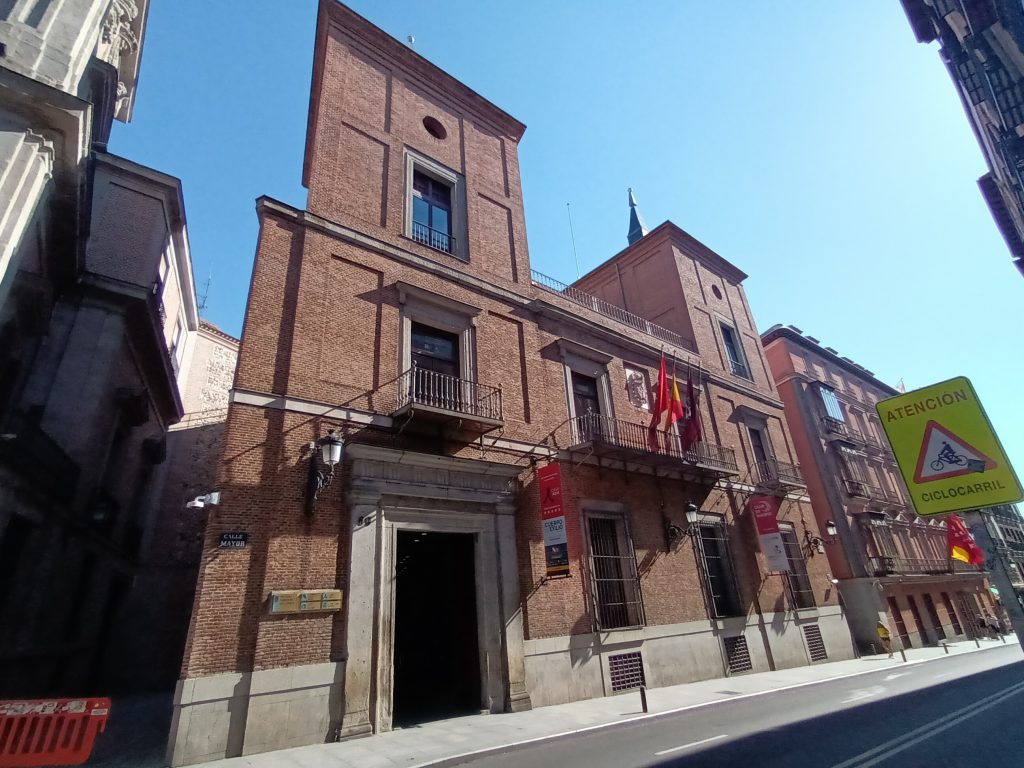
A community of several thousand formed here during the Second Republic but disappeared during the civil war. In 1964, work has begun on the synagogue in the Calle Balmes, which also houses the Community Center. It was opened in 1968. The prayer hall is decorated with copies of the Hebrew inscriptions in the Tránsito Synagogue in Toledo. The community has a mikvah, a kosher butcher, and a school.

Madrid is also the headquarters of the journal Sefarad , a publication of the CSIC (Higher Council of Scientific Investigation), which, since its foundation in 1941, has published most of the Spanish and international research of Sephardic Judaism.
In 2023, following the pogrom in Israel, Jewish community organisations voiced their concerns about the sharp rise in anti-Semitic acts to local and national authorities.